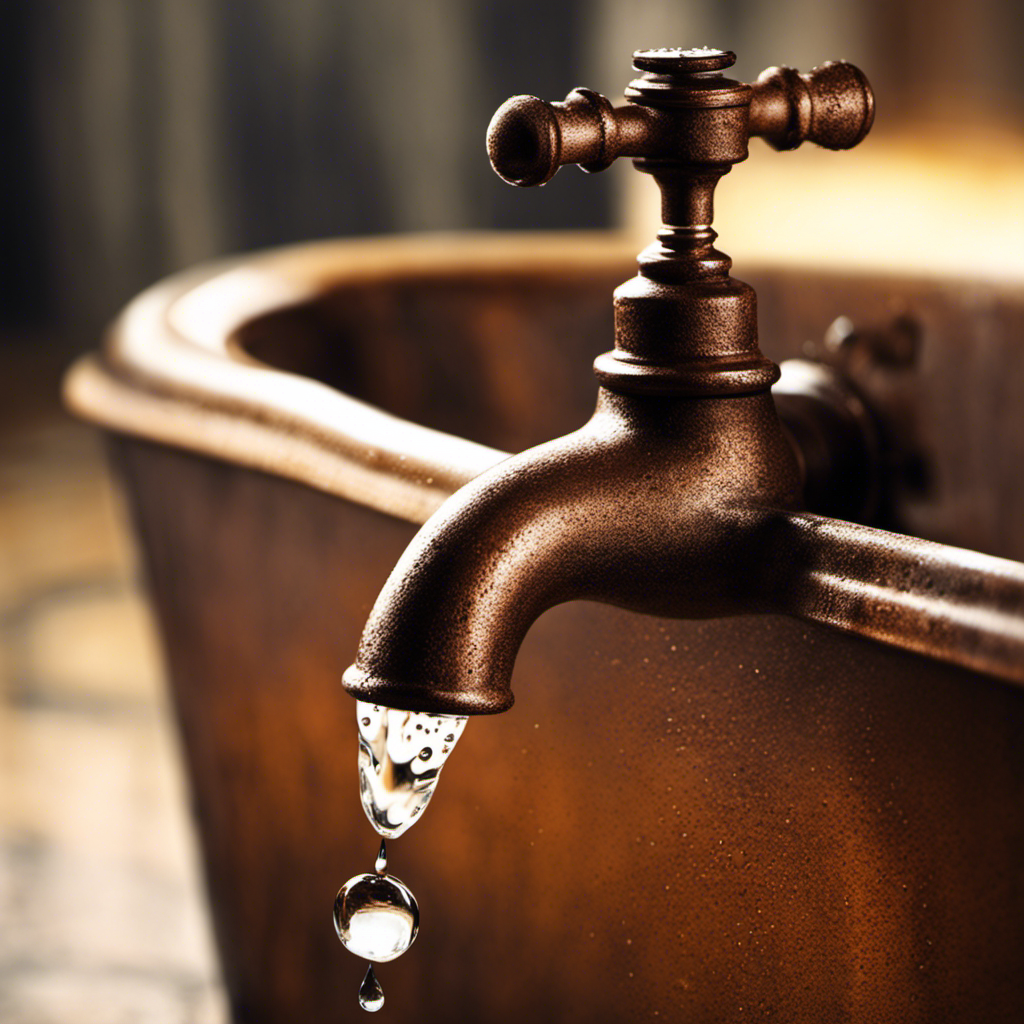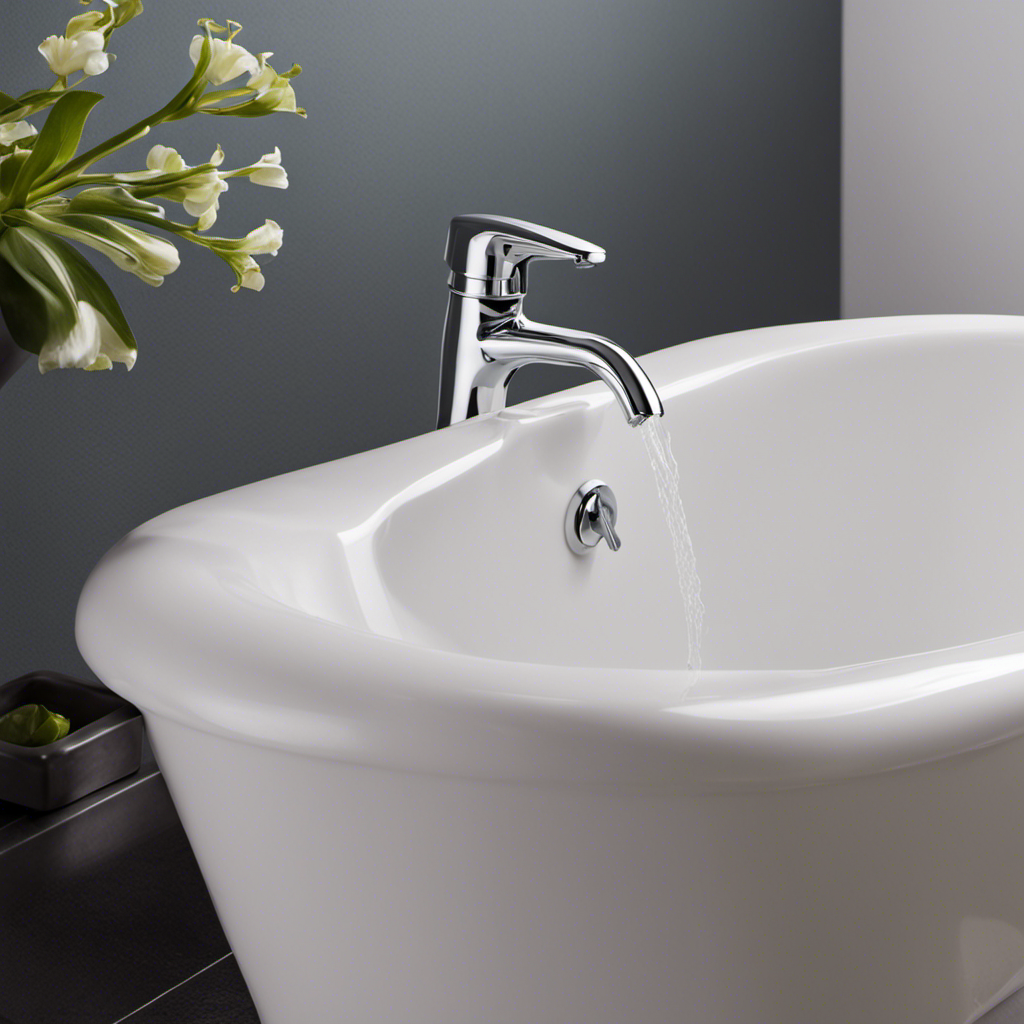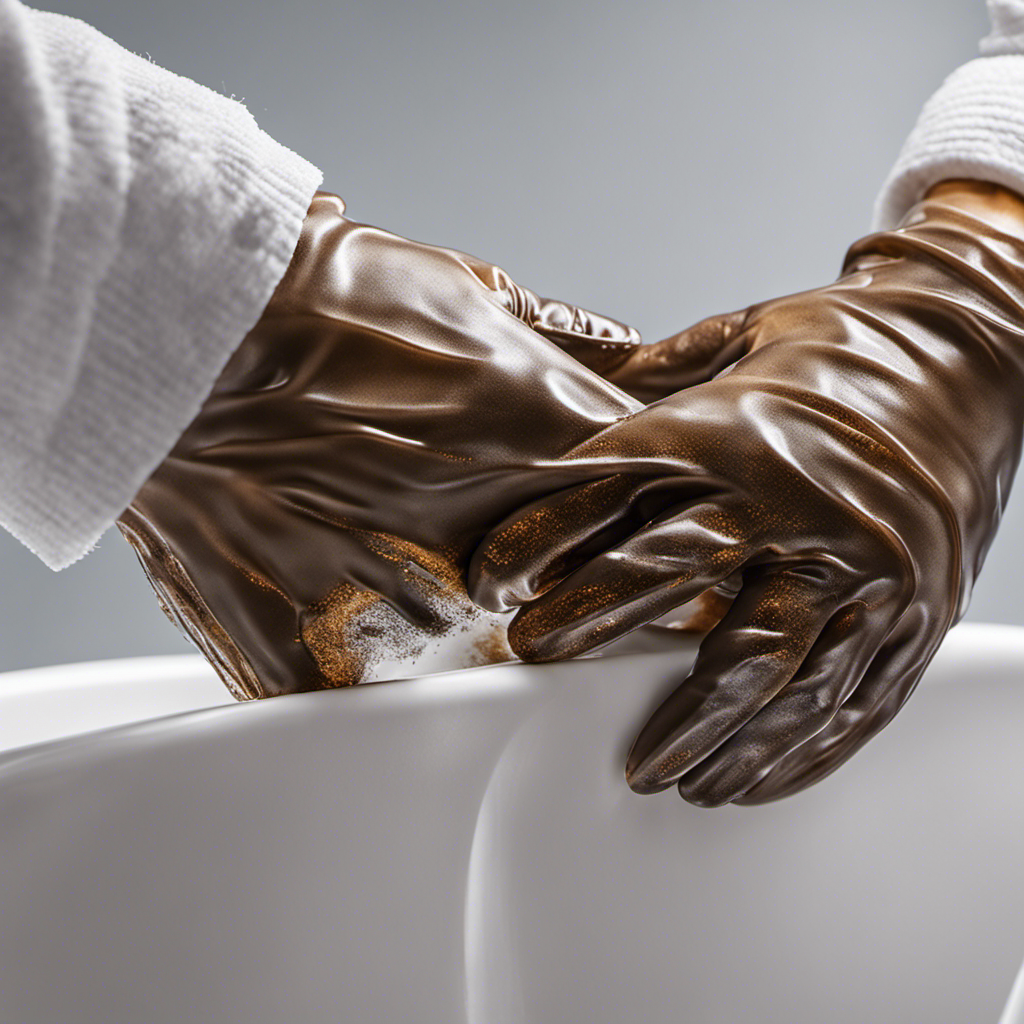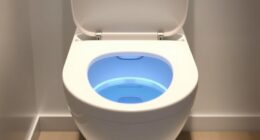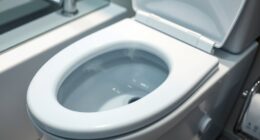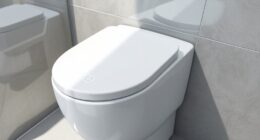I know what you’re thinking – another annoying drip from the bathtub faucet. Trust me, I’ve been there.
But have you ever wondered what causes this frustrating issue? In this article, I’ll delve into the technical details and explain the precise reasons behind a dripping bathtub faucet.
From leaky valves to corroded pipes, I’ll cover it all. So, buckle up and get ready to become a faucet expert as we unravel the mysteries of this common household annoyance.
Key Takeaways
- Leaky valves, caused by faulty O rings or cartridges, can result in a dripping bathtub faucet.
- Continuous water leakage can lead to a worn-out washer, which can contribute to a dripping faucet.
- Corroded pipes, often found in older homes or areas with hard water, can cause leaks and reduced water flow in bathtubs.
- Improper installation of bathtub faucets can result in loose connections, worn-out washers, and damaged valve seats, leading to dripping faucets.
Leaky Valve
A leaky valve can cause the bathtub faucet to drip. This is often due to a faulty O ring or a leaky cartridge.
The O ring is a small rubber ring that seals the valve and prevents water from leaking out. If the O ring becomes worn or damaged, it can no longer create a proper seal, leading to a drip.
Similarly, a leaky cartridge can also cause water to escape through the valve. The cartridge is responsible for controlling the flow of water, and if it becomes worn or damaged, it may not be able to fully close, resulting in a drip.
These issues can often be fixed by replacing the O ring or cartridge, restoring the proper functioning of the valve and eliminating the drip.
Now, let’s move on to the next section and discuss the issue of a worn-out washer.
Worn-out Washer
The most common reason for a worn-out washer in a bathtub faucet is water leakage. When water continuously drips from the faucet, it can cause wear and tear on the washer, leading to its deterioration over time. This can result in a faulty seal and, ultimately, a dripping faucet.
There are two key components that can contribute to the deterioration of the washer: a damaged cartridge and a faulty O ring.
-
Damaged Cartridge: The cartridge is responsible for controlling the flow of water in the faucet. If it becomes damaged or worn out, it can cause water to leak through the faucet, putting excessive pressure on the washer.
-
Faulty O Ring: The O ring is a small rubber ring that creates a watertight seal in the faucet. If it becomes faulty or worn out, it can allow water to seep through, causing the washer to deteriorate.
To prevent a worn-out washer in your bathtub faucet, it is important to regularly check and replace the damaged cartridge and faulty O ring, ensuring a proper seal and preventing water leakage.
Corroded Pipes
Regularly checking and replacing damaged cartridges and faulty O rings can help prevent corroded pipes in your bathtub. Corrosion in pipes can lead to leaks, reduced water flow, and even burst pipes.
Rusty pipes are a common issue in plumbing systems, especially in older homes or areas with hard water. Rust forms when iron in the pipes reacts with oxygen and moisture, causing the metal to deteriorate over time.
To prevent this, it is crucial to perform regular plumbing maintenance. This includes inspecting pipes for signs of rust or corrosion, checking for leaks, and addressing any issues promptly. Additionally, using a water softener can help reduce the mineral content in the water, minimizing the risk of corrosion.
High Water Pressure
High water pressure can lead to a variety of plumbing issues, such as burst pipes and damaged fixtures. To prevent these problems, water pressure regulation is crucial.
Here are three reasons why maintaining proper water pressure is important for plumbing maintenance:
-
Prevents burst pipes: Excessive water pressure puts strain on pipes, causing them to weaken and eventually burst. This can result in costly repairs and water damage.
-
Protects fixtures: High water pressure can damage faucets, showerheads, and other fixtures over time. It can cause leaks, drips, and even breakage, requiring replacements and repairs.
-
Saves water and energy: By regulating water pressure, you can optimize the flow without wasting excessive amounts of water. This not only helps conserve water but also reduces energy consumption.
Proper water pressure regulation is just one aspect of plumbing maintenance. However, if not addressed, high water pressure can result in significant damage and costly repairs.
Now, let’s discuss another common issue caused by improper installation.
Improper Installation
To avoid potential problems, make sure you don’t overlook the importance of proper installation when it comes to your plumbing system. Improper installation can lead to various issues, including a dripping bathtub faucet. Common signs of improper installation include leaks, inconsistent water flow, and difficulty in controlling the water temperature.
When the installation is not done correctly, it can result in loose connections, worn-out washers, or damaged valve seats, which can cause the faucet to drip. To address this issue, potential solutions include hiring a professional plumber to reinstall the faucet correctly, ensuring all connections are secure, and using high-quality materials.
It is crucial to pay attention to the installation process to prevent future problems and maintain the functionality of your plumbing system.
Conclusion
In conclusion, when it comes to a dripping bathtub faucet, there are several possible culprits. The most common causes include a leaky valve, a worn-out washer, corroded pipes, high water pressure, or improper installation.
Identifying the root cause of the problem is crucial in order to effectively fix it. Remember, just like a leaky faucet, our lives can also experience small drips that may seem insignificant at first. However, these drips can accumulate and create larger problems.
Let’s take the time to identify and address these small leaks in our lives before they become overwhelming.
